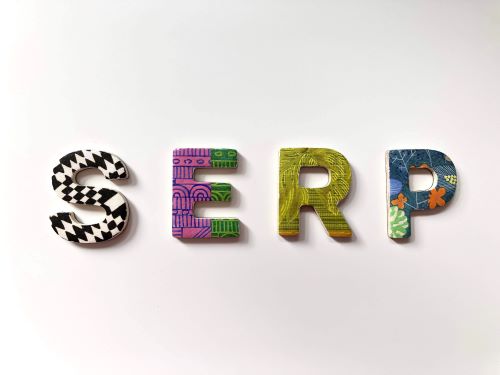
4 big differences between B2B SEO and B2C SEO
While search engine optimisation or SEO often follows a set pattern, it does require special treatment and unique tactics when dealing with different businesses. This distinction becomes even more apparent when it comes to B2B vs. B2C.
In this blog post, we are going to highlight a few big differences between optimising a B2B website and a B2C website for higher search engine rankings.
Let’s start by explaining what B2B and B2C mean.
B2B vs. B2C
B2B stands for business-to-business. It refers to selling products and services directly to other businesses.
On the other hand, B2C refers to business-to-consumer. In this type of business, you sell your products and services directly to the end-consumer or customer.
It is important to remember that some businesses cater to both B2B and B2C, e.g., Amazon, with their cloud-computing services for B2B businesses and a plethora of products for the average consumers.
Now that you know the differences between the two types of businesses let’s see how their search engine optimisation processes differ.
1. Audience selection and buying processes
As we just discussed, the major difference between a B2B and B2C business is that of its audience. Because of the difference in the audience you are catering to, the buying processes also become slightly different.
As an SEO, you will have to take that into account.
For instance, you will have to create different types of buyer personas when dealing with B2B and B2C. You might also have to use different tools to gather that information.
Similarly, you will also have to understand that the buying process for an average B2C purchaser could be significantly shorter. We see more impulse purchases from B2C buyers than B2B buyers. After all, purchasing a cool t-shirt is a lot simpler than buying a new accounting software for your company.
2. Conversion goals and KPIs
Because of different types of audiences and varied buying processes, you will also have to set different conversion goals and monitor different KPIs.
In B2C businesses — depending on your niche and product line — the number of sales is often a good indicator of well your business is doing. But that isn’t always a reliable indicator in B2B.
Because B2B buyers have multiple decision-makers and stakeholders, they often take a long time to make a purchase decision. That’s why a “lead” is a much more reliable indicator of how well your content marketing, online marketing, and SEO campaigns are performing.
Later, you can warm up those leads and convert them into purchasers.
Therefore, make sure you are monitoring the right metrics and measuring the right KPIs that accurately reflect the efficacy of your SEO and marketing campaigns.
3. Content marketing
We have covered some basic concepts about the differences in B2B and B2C SEO strategies. Now let’s dive deeper into the more technical and actionable stuff.
The content marketing campaigns should be fairly different for B2B and B2C, because of how different the two audiences are and how differently they approach the decision-making process.
For B2C, offering concise product details might often be a better idea. Your focus would be on the features and benefits of the products, the discount you’re offering, the limited-time offers you have, and the “flashiness” of your marketing campaign and product pages. Ranking on the top of the SERPs often always produces great results in terms of sales.
This won’t necessarily work with B2B campaigns.
In dealing with B2B, merely ranking on the top won’t be enough. If your content doesn’t explain each and every part of your product and how it benefits a business, it won’t do well. For this reason, long-form content will often do better in B2B than in B2C.
You will also have to expand your content marketing efforts in B2B and create a sales funnel that takes the user from one end to another, carefully feeding the necessary information at each step. An in-depth content strategy in B2B campaigns that rely on a well-built sales funnel is, therefore, often a great asset.
4. Keyword strategy
Keeping the previous point in mind, you will also have to tweak your keyword strategy a bit.
In B2C, the focus is almost always on product-related keywords. Let’s continue with our previous example of t-shirts and an accounting software.
If you are selling t-shirts to consumers, you would likely optimise keywords, such as t-shirts, t-shirts for men, sports t-shirts, cool t-shirts, discounted t-shirts, etc.
On the other hand, optimising for just “payroll software” for B2B won’t necessarily work. You will also have to think holistically and address problems — and present solutions — to what the B2B buyer might be thinking about.
For example, you will have to have broader, long-tail keywords, such as “how to process payroll faster”, “how [accounting software name] helps with cash flow management”, “how company X saved 8x time with [accounting software name]”.
B2B users often do extensive research, so your keyword strategy should be comprehensive.
Conclusion
On paper, there might not seem like a lot of differences in optimising a B2B website vs. a B2C website. But because of their different audiences and buying behavior, you need to have different strategies for both.
One relies on product-pages, sales, focused content, and a limited range of keywords.
The other focuses on a sales funnel, a broader keyword strategy, more long-tail keywords focusing on different problems and solutions, and more explanatory and long-form content.








